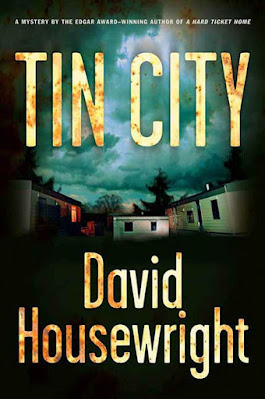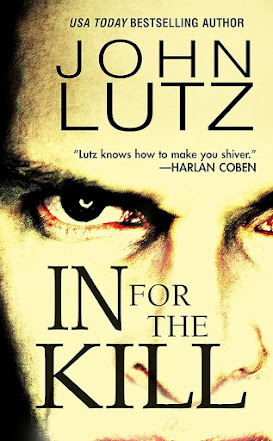Half Crime
by Rusty Barnes
Redneck Press, 2024
Rusty Barnes’s Half Crime collects nine
original stories about small crimes, human frailties, and sorrow. The tales lean into noir with their bleak
rural Pennsylvania settings, harsh portrayals of poverty, and protagonists (often
pushed by circumstance) making a last bad decision. In “Bad Old Boy,” Crate
Lang is trying to support his family working a low-paying blue-collar job, but a
batch of medical bills sends him looking for an extra payday. He approaches an
old friend, Dexter Moore—a guy Lang used to run on the wrong side of the law
with—looking for a one-time low-risk job. Dexter gives Lang a package to
deliver in Syracuse, New York, but, of course, it goes wrong and Lang is on the
hook with Dexter now, too.
“Wish
for Winter” tells the sorrowful story of Carl Stevenson. A milk truck driver living
with an angry sister, and a girlfriend with a wandering eye. But everything
gets worse for Carl after a hard night of drinking leads him into an accident
while picking up a load of raw milk. “The Power of Positive Drinking” is about
lost potential, fallible love, and drug addiction. It is parts sad, parts
angering, and entirely thought-provoking. “Ampersand” is the sweetest tale in
the collection with an ending somewhere damn close to happy. Jared’s wife left
with their daughters, but things begin to change when he is set-up with Ellie.
And it just keeps getting better and better, in that low-key realistic way it
happens in our own live action world.
The
stories in Half Crime can be difficult to read—they are melancholy,
realistic, and without an easy solution for the underlying cultural problems—but
each is worthy of being read. This passage from “Bad Old Boy”—
“Opioid
epidemic my ass, Crate thought. What it is is a pain epidemic, and no way for
most people to deal with it.
—aptly captures the essence of what Half Crime is about. A hopeless and decaying rural America self-medicating its ills with a slurry of addiction. Do yourself a favor and get Half Crime today. It is a collection with meaning. And yeah, it is literate and stylish, too.
Click here for the Kindle edition and here for
the paperback at Amazon.









